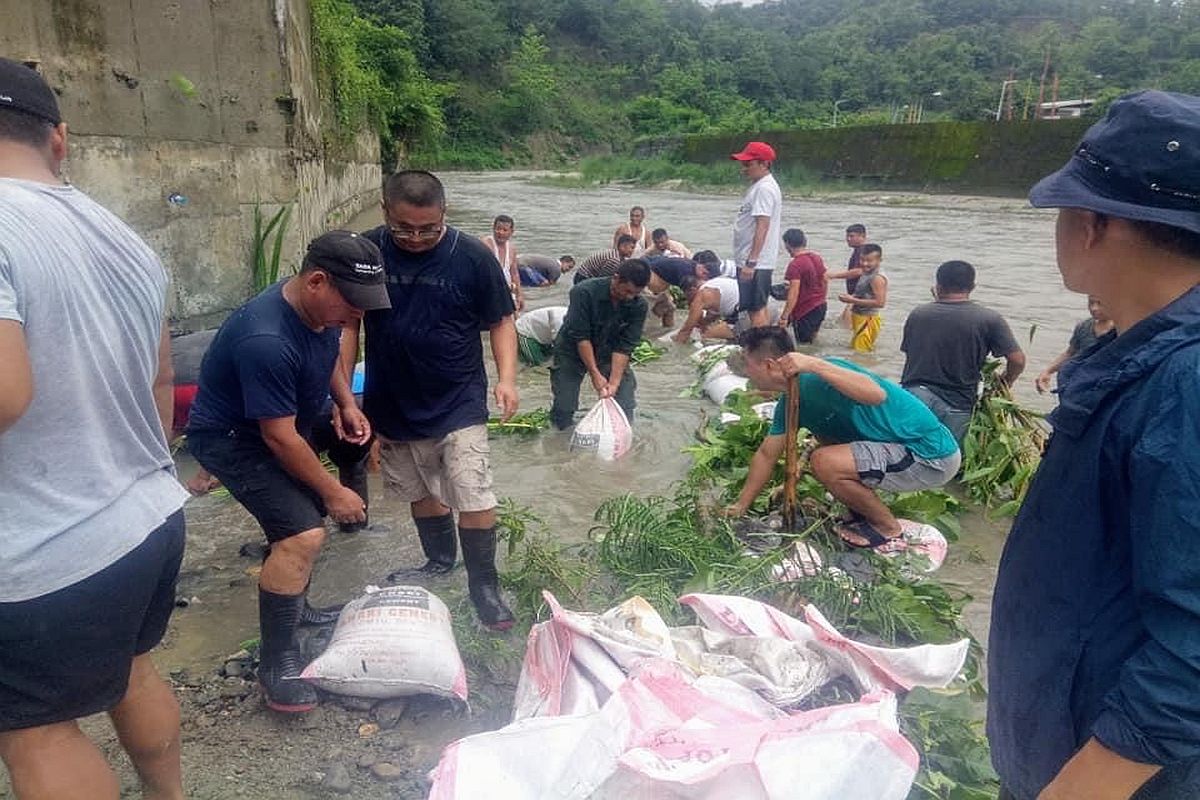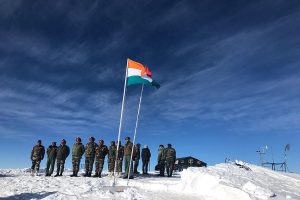After reports of China’s ally Bhutan stopping release of channel water for irrigation along its border with India near Assam, the Government on Friday clarified that the supply was blocked “naturally” and not out of any tension between the two countries.
According to media reports on Thursday, Thimphu had reportedly stopped releasing channel water for irrigation, affecting thousands of farmers in 25 villages at the border near Assam.
Advertisement
Farmers reportedly staged a protest against the blocking of water which flows from a man-made irrigation channel ‘Dong’ for growing paddy. The channel has been used by farmers of Bhutan and India in the region since 1953.
Reports also stated that Thimpu had said that the flow of the irrigation water was stopped as part of Bhutan’s efforts to combat the ongoing COVID-19 pandemic, which originated in China’s Wuhan city in Hubei province.
As per the sources, Indian farmers, who use water from the channel, were denied permission for being foreigners.
However, Chief secretary of Assam, Kumar Sanjay Krishna informed that the water blockage incident “has been incorrectly reported”.
The actual reason, he said, is “the natural blockage of informal irrigation channels into Indian fields”.
Bhutan has been actually helping to clear the blockage, Krishna tweeted along with the pictures of dozens of people working on fixing the channel.
Meanwhile, the Bhutanese side has categorically denied saying that they have been doing repairs in channels to ensure smooth flow of water to Assam.
Bhutan’s Ministry of Foreign Affairs also issued a clarification regarding the same in a Facebook Post.
Terming the reports as “totally baseless”, Thimpu said there is no reason why the flow of water should be stopped at this time.
“It is a deliberate attempt by vested interests to spread misinformation and cause misunderstanding between the friendly people of Bhutan and Assam,” the country’s foreign affairs ministry said.
“Baksa and Udalguri Districts in Assam have been benefitting from the water sources in Bhutan for many decades and they continue to do so even during the present difficult times when we are faced with the COVID-19 pandemic,” it claimed.
“Since the lockdown in India and closure of Bhutan’s borders due to the COVID-19 pandemic, the Assamese farmers are unable to enter Bhutan to maintain the irrigation channels as was done in the past. However, understanding the difficulty that would be faced by the farmers in Assam, the Samdrup Jongkhar District Officials and the general public have taken the initiative to repair the irrigation channels whenever there are problems to ensure the smooth flow of water to Assam,” the Bhutanese government further said.
Thimpu also assured the people of Assam that the Royal Government of Bhutan, particularly the Samdrup Jongkhar District authorities, will make every effort to ensure that the disruptions caused by the monsoon rains to the irrigation channels are addressed without delay and there is water available for the farmers in Assam. It also requested for the understanding of the farmers in Assam as sometimes there could be few delays in the flow of water due to disruptions caused by the heavy monsoon rains and the operational difficulties arising from the restrictions put in place by both the countries due to COVID-19.
The clarification comes in the wake of rising tensions between India and its neighbours.
Since the unprecedented face-off in Ladakh’s Galwan valley on June 15, in which 20 Indian soldiers and an unknown number of People’s Liberation Army (PLA) troops were killed, Beijing has been using its diplomatic heft through its regional allies to put pressure on New Delhi.
While Islamabad has been hassling New Delhi with persistent ceasefire violations along the Line of Control and terror attacks in Jammu and Kashmir, Nepal has been cornered the government by laying claim to the Indian territory of Lipulekh, Kalapani and Limpiyadhura areas of Uttarakhand in its updated new map.
Also, Nepal has stopped repair work for Gandak dam in Lal Bakeya river in Bihar on border with India by erecting barriers at several locations, raising concerns of flooding during monsoon.











